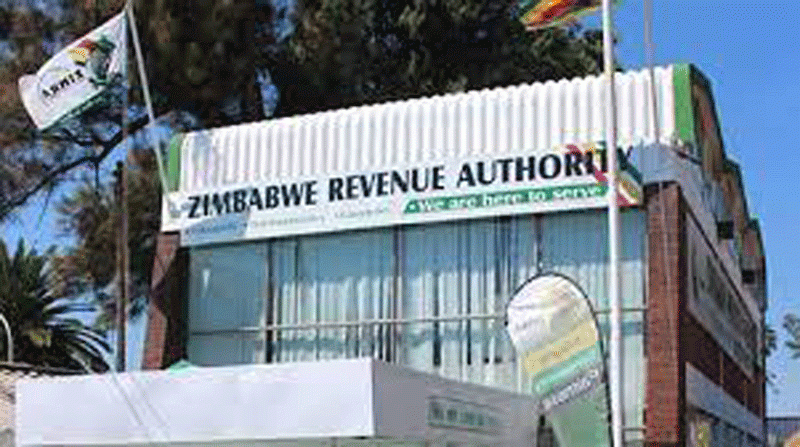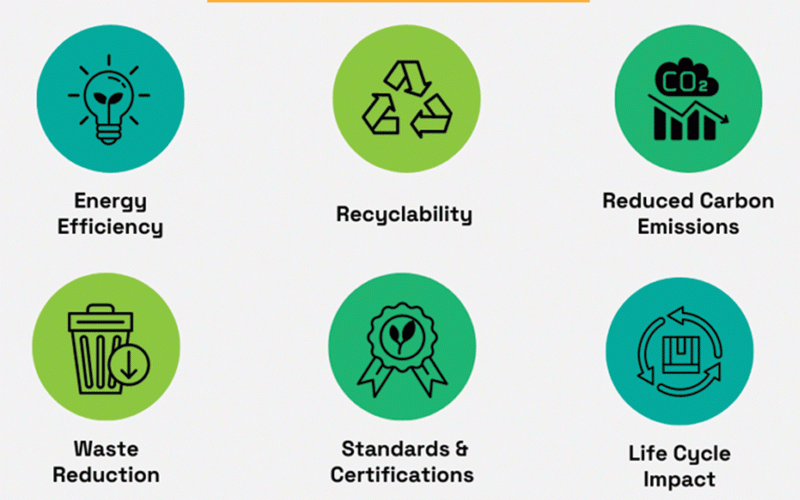
Customs administration refers to the authorisation and facilitation of the cross-border movement of goods. In Zimbabwe, the principal customs authority is the Zimbabwe Revenue Authority (Zimra).
Zimra works with the assistance and cooperation of various government agencies and ministries, such as the Zimbabwe Republic Police (ZRP), ministries of Agriculture and Health, among others.
These agencies assist with their expertise. Therefore, Zimbabwe’s customs administration system is made up of Zimra and various aforementioned agencies which provide it with technical and administrative complementarities.
A customs system which is good at facilitating the speedy movement of exports and imports, at reasonable costs, is essential for economic development. Cheaper and easily accessible imports of commodities and intermediate goods ensure that domestic price levels can be kept as low as possible.
Such imports also make Zimbabwean exports more competitive on the international markets.
Since several export industries are also dependent on imports for their own operations, accessible and affordable imports enable them to thrive.
In Zimbabwe’s case, such exporters include firms in agriculture, mining, manufacturing, tourism and others. On the other hand, domestic industries, which produce goods for the Zimbabwean market, may need to be protected from import competition through tariffs.
Tariffs help to ensure that import prices are not below domestic producer prices. Resultantly, tariff support ensures that such domestic industries neither succumb to foreign competition nor shed jobs, which their employees rely on.
- Harare businesswoman turns heat on police CCU over 'bias'
- Letter to my people: Criminals are hiding in plain sight
- Zimra seizes CCC campaign vehicle
- Crime tech: Technology can eradicate corruption
Keep Reading
It is, therefore, the responsibility of Zimbabwe’s customs authorities to ensure that tariffs are implemented accordingly, whilst the speed of trade is not impeded. Fraudulent transactions should also be quickly identified and curtailed. The quick facilitation of the movement of exports, at the country’s borders, is equally important, and falls within the mandate of domestic customs’ organisations.
Due to the expansive nature of this field, this article focuses only on imports.
Types of customs fraud
The World Customs Organisation defines customs fraud as “any act which a person does, to deceive or attempt to deceive customs officials, in order to evade, wholly or partly, the payment of duties, or prohibitions laid down by the government (such as quotas or import bans on certain commodities).
The higher the rate of tariffs on imports, the greater the motivation for committing customs fraud. In other words, the greater the benefit to gain from the fraud, the greater the motivation. A poor customs enforcement system also encourages fraud. This refers to poor quality customs administration as evidenced through delays, incompetence or negligence, among other things.
Various types of fraud are discussed below:
Undervaluation: If an importer declares goods worth US$1 000 in imports, as though their actual value is only US$500, they pay less duties, than those required. Undervaluation occurs when an importer incorrectly declares the weight, quantity, or price of goods.
It can also occur when an importer falsely inflates the price of transport and insurance costs associated with the importation, in order to remain with an artificially low price for the actual goods that were imported.
This is done in order to evade the right amount of duty required on the imported goods. If such fraudulent importers are continually successful, they will swindle significant amounts of money from the government, and damage local industries which compete against the undervalued imported products.
This also gives an unfair price advantage over importers who correctly declare the true value of their goods.
There is also overvaluation, which is characterised by importers declaring a higher price on their goods, than that which they actually paid for. This is done in order to cover up product prices which may be so low that they indicate the occurrence of a trade violation called “dumping”.
Dumping occurs when a foreign company exports its goods to Zimbabwe (or any other export market) at a lower price than that which it uses in its own home country.
It is done in order to take over market share in foreign countries so that their domestic industries collapse. Usually, after market share has been captured, the company behind the dumping then resorts to higher prices.
In essence, dumping is a predatory method used to take over market share in foreign countries. Thus, it constitutes a violation of international trade rules, as laid out by the World Trade Organisation and is subject to penalties, once identified by customs officials.
In order to avoid dumping penalties, unscrupulous importers resort to the overvaluation of their imports, which constitutes customs fraud. All these valuation discrepancies are facilitated by double invoicing. The importer usually has an invoice with the true value of goods, which they hide, and another with the false value, which they declare to customs officials.
Misdeclaration of goods: It can be best described by way of an example. In Korea, for instance, imports of loose black beans attract tariffs of only 5%, while black bean paste attracts a huge tariff rate of 20%. Such a tariff variation is likely motivated by the desire to encourage domestic processing and the creation of local jobs.
However, unscrupulous Korean importers resort to falsely declaring their black bean paste imports, as loose black beans, in order to avoid the higher tariffs. A physical inspection by customs officials, using the eyes or an electronic scanner, could help to curtail this.
In some cases, even such inspections can fail to confirm the true nature of goods. For example, South Africa once imposed anti-dumping duties on imports of acrylic blankets, in order to protect domestic blanket producers, whose markets were being eroded by cheap imports from Asia. The tariffs were applied to blankets with acrylic content of over 50%.
To evade those tariffs, fraudulent importers simply changed their declarations and presented their blankets as those containing acrylic content of less than 50%. The problem with this was that, acrylic content is hard to determine according to physical inspection. So, the false classification of goods can continue in such cases.
Misdeclaration of country of origin: In Zimbabwe’s case, imports originating from Sadc are supposed to benefit from duty-free access to Zimbabwe’s market.
However, it can be the case that some exporters from beyond Sadc may divert their goods to a Sadc country so that they can falsely declare that their goods originated from Sadc, and benefit from duty-free access to Sadc markets.
This practice is likely to be more problematic when the African Continental Free Trade Area enters into full force of implementation. Unscrupulous exporters from beyond Africa can be expected to secretly divert their exports to an African country. Thereafter, they will mis-declare their exports, as originating from Africa, so that they can exploit duty-free access to the rest of the African continent.
When a product is wholly produced in one country, its origin is easy to determine. When two or more countries are involved, its origin is determined by a number of factors, including: the country where significant processing has occurred.
Preferential trade agreements, between countries, have specific allowances and guidelines, concerning how to determine the origin of a good, which is cumulatively produced by several countries (such as cell phones or cars).
On the other hand, simply changing the packaging of an imported product, then exporting it to another country, is deemed insufficient for it be considered as originating from the last exporting country. Certificates of of origin are usually produced by customs authorities, which confirm that a product originates from a particular country.
However, unscrupulous exporters can procure fraudulent certificates of origin, in their attempt to criminally benefit from duty-free access to markets which have preferential trade arrangements among themselves.
For example, an exporter based in the UAE may use fraudulent certificates of origin, which purport that their goods were produced in Mozambique.
This can be done in order for them to fraudulently benefit from Mozambique’s duty-free access to all countries within Sadc, including Zimbabwe. This is less common in developed countries, due to their use of electronic certificates of origin (CoOs) and the ability of their customs officials to trace the complete value chain lifecycle of a product. Sub-Saharan Africa, however, mostly uses paper-based CoOs, which are easier to falsify.
Counterfeit goods: They typically constitute fake branded or pirated products. They are typically imported under a false declaration, which describes them as “unbranded goods”.
They are then sold in the Zimbabwean market, with the false claim that they are original branded products (Gucci, Louis Vitton, fake pharmaceuticals, vehicle parts, alcohol, whiskies and others). The failure to curb these types of imports can be detrimental to legitimate Zimbabwean businesses and consumers.
For consumers, such goods generally offer lower quality than that which they purport. Pirated goods can also be a danger to health and life (particularly counterfeit pharmaceuticals, electronics, vehicle tyres).
- Tutani is a political economy analyst. He is also a member of the B20 Task Force on “Sustainable Food Systems and Agriculture”. The B20 advises the G20 on policy direction for the world’s most prosperous economies and the African Union — [email protected].











